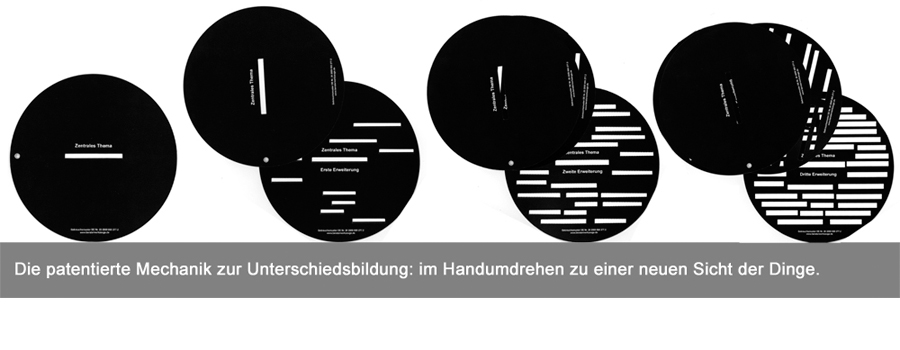Coaching Tools: Possibilities and Limitations
A coaching tool can be both a method (intervention) and a physical instrument. Consultants use coaching tools to help their clients achieve their goals. It is crucial that tools in counseling fit the client and the counseling process.

Coaching-Tool Johannes Faupel
In this article, you will learn helpful information for your coaching practice. What you should aim for – and what you should better avoid in coaching.
A mechanistic collection of coaching techniques is of little to no use to the coaching process
The coaching method preferred by the coach should not determine the course of the coaching. Therefore, as a coachee, make sure that your coach is not rigidly following a type of coaching (e.g., NLP) but is open. Some things coaches learn in coaching training. However, the crucial intervention techniques come through experience in counseling.
And they are not in the textbooks.
Coaching techniques can be helpful for a counseling process. But they are not the counseling process itself.
Many coaches are proud of their NLP training or claim other, even trademarked coaching directions. This can lead to an impoverishment of method diversity.
What are coaching tools used for – what is the goal?
Professional tools for coaching are intended and can serve to accelerate processes in counseling and change behaviors.
When do coaching tools work well?
Whether something is good and helpful is always decided by its effect. Regardless of the type of tool – it depends on the coach’s ability to read and understand their counterpart. Therefore:
First question: Is the coaching relationship right on a human level?
It is crucial that the coaching instrument is used in the right way and for the right purpose.
Clients must experience that an offer is coherent.
It is important for the coach to regularly make sure in the session whether their work is currently being perceived as helpful.
A central coaching tool is the clarification of the assignment
The precise questioning of the desired goal serves as a coaching tool for various tasks:
The client’s answers give them clarity about their goals and coaching concerns.
The consultant has an important working tool in hand: They can ask themselves and the client:
Central question in counseling: “Are we working together in the sense of your goal?”
The most important coaching tool is thus the meta-level.
Both, coach and coachee, view the coaching from a certain distance.
The most effective of all coaching interventions, in my experience, is the question about the end, the conclusion of the coaching.
How will you know that our working relationship has found a good conclusion?
This question invites the client to “fetch” information from the future. The client is the one who defines the goal and thus also the way to the goal.
“Knowing nothing” as coaching tool
Many clients think they go to a coach who has the professional knowledge about them. They should tell them exactly how they should change from the first session.
Of course, this is not sensible.
The only competent person regarding the concerns and goals of the client is – the client.
The consultant knows nothing.
When they communicate this to the client, it is a strong coaching tool.
Systemic questioning techniques – circular questions
Systemic coaching questions can help clients develop a different perspective and thus view of their current situation.
The systemic questions are in themselves like a separate toolbox.
The miracle question by Steve de Shazer: a famous tool for any kind of counseling and therapy
With the miracle question, the American psychotherapist Steve de Shazer created a classic for tools in counseling, especially for short-term therapy
Suppose a miracle happened overnight, and your problem was solved: How would you/your partner/outsiders notice it? Who would notice it first?
This question, even if always asked the same way, is the master key (tool) to the clients’ solution world. Because the answers of the people are as individual as the situations they want to change.
Tools are also needed to create a problem
No problem arises randomly on its own. Every problem situation requires a person who observes something as a problem.
A classic example is the situation of tunnel vision.
Let’s assume a person describes a state of hopelessness. How can this happen? One could say that this person has used negatively effective coaching tools:
The person has repeatedly narrowed their focus and focused on the problematic
They have applied the technique of repeating their problem description
Furthermore, the person has applied techniques to block out resources and solution options.
Does it seem unusual to you that we are talking about having to create a problem and needing a certain tool for it?
Coaching practice shows: Clients build both problems and solutions
A helpful tool for counseling is the approach to the following realization:
Since you had the means to create your problem, then you also have the means to solve it. Or, to quote Steve de Shazer: The solution doesn’t care how the problem arose.
Coaching methods are only a small part of client success
The decisive thing happens in the clients themselves. They are the ones who implement their change.
What is actually effective about coaching tools?
What is crucial for the effectiveness of coaching tools is that clients experience an intervention, a drawing, or a physical tool as coherent and helpful.
So, it’s mainly an emotional factor when a coaching tool works.
The rational mind does not solve a problem on its own
If the rational mind, which is suspected to be in the cerebral cortex, could solve all problems, it would do so. As an instance of reason, the mind would realize: This behavior harms me more than it benefits me. Therefore, I simply stop it, e.g., smoking, regular drinking, working until I drop, etc.

Coaching Tool, Patent: Johannes Faupel
Humans are not just rational
Various internal parts are involved in human actions – both conscious and unconscious.
Especially the level of the brain stem and midbrain is significantly involved in decision-making processes. Here, thinking is not rational, but lived in images.
An effective coaching tool triggers images
In all the years of my practice as a systemic consultant, my clients have always implemented the best developments when they have changed something within themselves:
a changed description of the current situation a different image of “the circumstances” a different perception of the environment new, targeted actions and concepts In coaching, I use my own patented tool:
The Faupel Turntable – one of the few patented tools for coaching
The turntable offers three intervention phases, in which the clients penetrate further and further to the sources and resources in their work on their topic.
Perspectives emerge.
